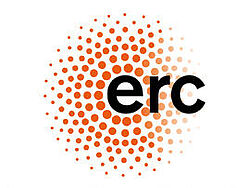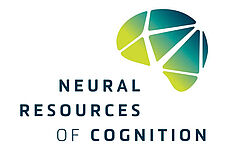Areas of investigation/research focus
Functional magnetic resonance imaging is an extensively used approach to noninvasively map brain responses to a variety of different conditions with a high spatial resolution. Therefore, fMRI has become a very helpful tool for cognitive neuroscience but it is only very hesitantly used for clinical applications based on the fact that not only normal fMRI responses are often difficult to interpret but abnormal fMRI responses are not unambiguously explainable. The main problem with interpreting fMRI results is the nature of the recorded signals. FMRI only reflect hemodynamic responses, which, in turn, are locally controlled by neuronal activity. Therefore, a detailed understanding of mechanisms that link distinct variations in neuronal activities with corresponding hemodynamic responses is crucially required. Only the known relation between specific changes in neuronal activity and the resultant fMRI response allows conclusive interpretations of observed fMRI responses. As soon as fMRI results become interpretable, this method can strengthen diagnostic approaches for several neurodegenerative, mental and psychiatric disorders. To better understand neurovascular-coupling mechanisms, we developed an experimental approach to simultaneously measure neuronal and vascular responses in the rat hippocampus during electrical stimulation of various fiber or hippocampal substructures. This approach enables us to study not only the neurophysiological basis of fMRI but also how modulatory transmitter systems or local tauopathien affect hippocampal functions and interactions of the hippocampus with several cortical and subcortical structures.
1 Neurophysiological basis of fMRI responses
Defined electrical stimulation of afferent (perforant pathway) or efferent (fimbria-fornix) projections of the hippocampus with concurrent measurements of induced neuronal responses in the hippocampus (by in vivo electrophysiology) and BOLD responses in the entire rat brain (by fMRI using a 9.4T animal scanner) allows us to study neurophysiological mechanisms controlling the formation of fMRI-BOLD responses.
2 Role of dopamine for hippocampal functions
The activity of the mesolimbic dopaminergic system can be controlled by an optogenetial approach (expression of laser-light sensitive opsins in dopaminergigic neurons of the VTA), pharmacogenetic approach (expression of DREADDs) or electrical stimulation of the VTA. How an increased release of dopamine affects hippocampal function can then be monitored by simultaneous electrophysiology and fMRI measurements
3 Interaction of the hippocampus with cortical and subcortical structures
Stimulation of afferent hippocampal projection triggers significant fMRI responses in the hippocampus and in several target regions of the hippocampus, such as nucleus accumbens, prefrontal cortex, septum and amygdala. Based on the temporal relation of the recorded hemodynamic responses in all individual brain structures functional connectivities between different regions can be identified. This allows us to study the impact of activated/inhibited modulatory systems (e.g., the mesolimbic dopamine system and the cholinergic system) or locally developing pathologies (e.g., tauopathien) on these normally existing functional connectivities.



